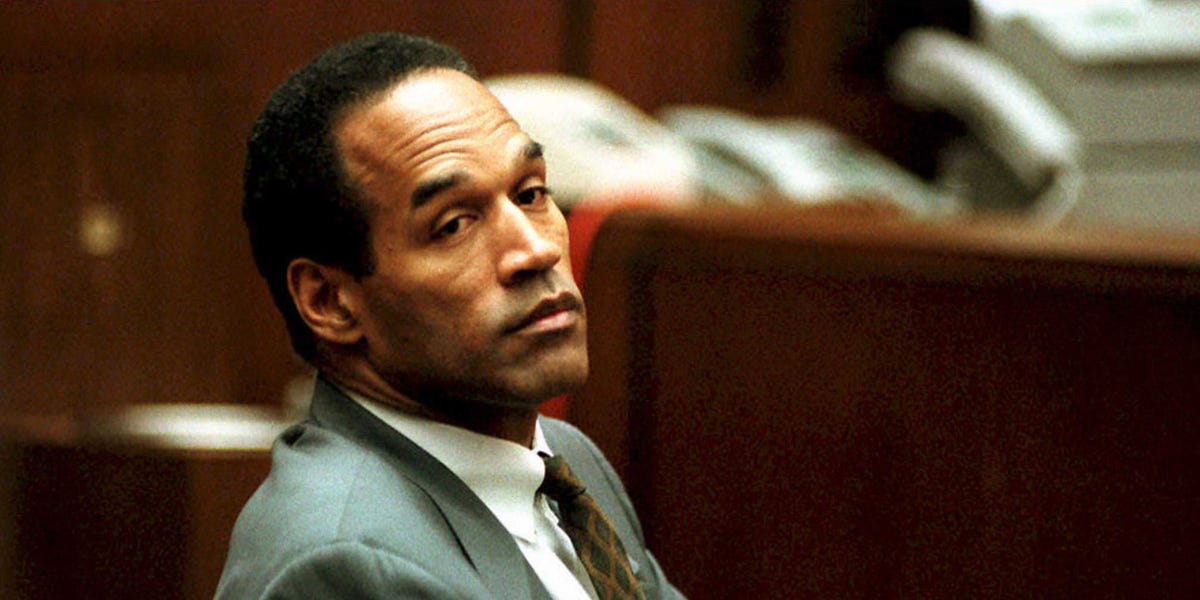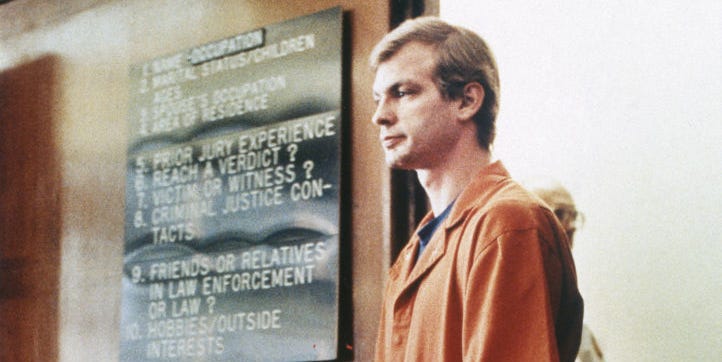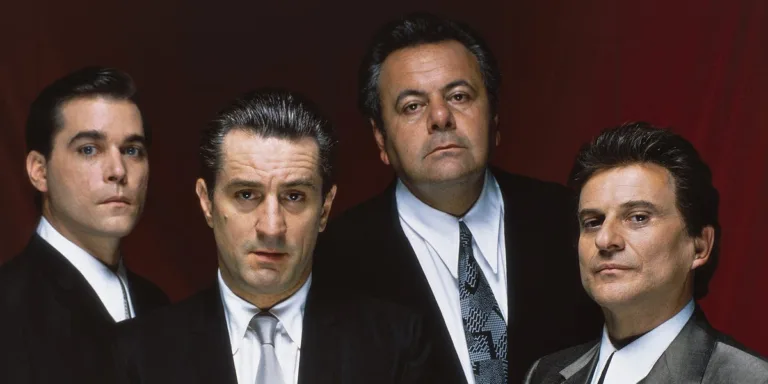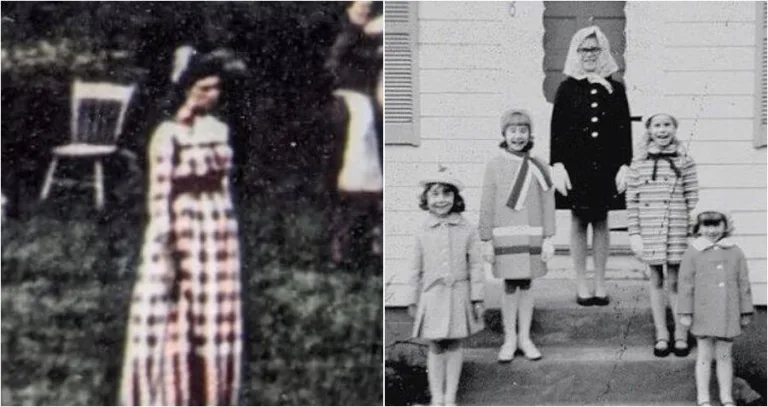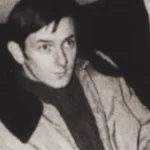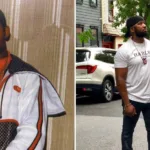The O.j. Simpson trial captivated the nation like no other legal case before it. It wasn’t just a murder trial; it became a cultural phenomenon, dissected and debated in living rooms across America. The world watched as the prosecution sought justice for Nicole Brown Simpson and Ron Goldman, while the defense fought to secure O.J.’S Freedom, alleging a conspiracy and racial bias within The Los Angeles Police Department.
At the heart of this drama were two teams locked in a battle of legal minds: the prosecution led by Marcia Clark and Christopher Darden, and the defense, initially spearheaded by Robert Shapiro before Johnnie Cochran took over. Both sides meticulously assembled their cases, Presenting Evidence, Calling Witnesses, and ultimately trying to sway the jury with their arguments.
The trial’s impact transcended the courtroom walls, Sparking Conversations About Race, class, celebrity, and the American justice system itself. The verdict, delivered on October 3, 1995, Shocked Many, leaving a lasting legacy that continues to be debated and analyzed today.
The Prosecution’s Case
The prosecution’s case against O.j. Simpson rested on a foundation of physical evidence and witness testimony that painted a picture of a brutal crime. They presented blood samples found at the crime scene that matched Simpson’s DNA, along with bloody gloves discovered near his home that seemed to fit His Hands. They also highlighted the fact that Simpson had a history of domestic violence against Nicole Brown Simpson, suggesting a motive for the murders.
The prosecution team meticulously built their narrative, emphasizing the circumstantial evidence and drawing connections between Simpson’s whereabouts on the night of the murders and the physical evidence collected. They called upon forensic experts to explain DNA analysis, Blood Spatter Patterns, and other scientific findings that pointed towards Simpson’s involvement. Crucial witnesses like Lapd criminologist Dennis Fung provided testimony about the handling and collection of evidence at the Crime Scene.
Their goal was clear: to convince the jury that the evidence overwhelmingly pointed to O.j. Simpson as the perpetrator of these Heinous Crimes.
Defense Strategies & Reasonable Doubt
The defense team, led by Johnnie Cochran after Robert Shapiro’S Departure, adopted a strategy centered around creating reasonable doubt in the minds of the jurors. They argued that the evidence presented by the prosecution was circumstantial and unreliable, suggesting police misconduct and racial bias had tainted the investigation from the start.
They successfully cast doubt on the credibility of key witnesses like Lapd officer Mark Fuhrman, whose history of racist remarks came To Light During cross-examination. This revelation fueled their narrative of a prejudiced police force determined to frame O.j. Simpson. The defense also emphasized inconsistencies in the prosecution’s case, pointing out gaps in the timeline and questioning the handling of evidence.
Their overarching goal was to convince the jury that there wasn’t enough concrete evidence to definitively prove Simpson’s guilt beyond a reasonable doubt, ultimately relying on the principle that the burden of proof lay squarely with the prosecution.
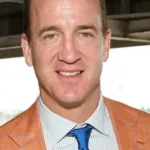 Peyton Manning Childhood: NFL Legends Journey to Success
Peyton Manning Childhood: NFL Legends Journey to SuccessKey Witnesses for Both Sides
The O.j. Simpson trial featured a cast of memorable witnesses who played pivotal roles in shaping public perception and influencing the jury’s decision. For the prosecution, Lapd criminologist Dennis Fung provided crucial testimony about the collection and analysis of evidence from the crime scene. His meticulous notes and detailed explanations helped establish a chain of custody for the physical evidence presented against Simpson. Mark Fuhrman, another Lapd officer involved in the Initial Investigation, became a controversial figure when his history of racist remarks surfaced during cross-examination by the defense. This revelation cast doubt on his credibility and fueled accusations of police misconduct within the prosecution team.
On the defense side, Kato Kaelin, Simpson’s houseguest at the time of the murders, testified that he heard noises outside Simpson’s bedroom around the time of the killings but didn’T See Anything Suspicious. His seemingly contradictory testimony, suggesting both awareness and lack of involvement, added another layer of complexity to the case. Allan Park, the limousine driver who placed Simpson away from the crime scene at the time of the murders, provided crucial alibi evidence for the defense. The weight of these testimonies, both for and against Simpson, ultimately contributed to the jury’s deliberations and the dramatic verdict that followed.
Judge Ito & Controversial Rulings
Judge Lance Ito presided over the O.j. Simpson trial, navigating a complex and highly publicized case with unprecedented media attention. His rulings often drew both praise and criticism as he attempted to balance the need for fairness and due process with the public’s insatiable appetite for information.
One of his most controversial decisions was allowing cameras in the courtroom, a move that made the trial a daily spectacle for millions watching around the world. This unprecedented access provided viewers with an intimate glimpse into the proceedings, but critics argued it influenced the jury pool and potentially prejudiced the outcome. Ito also faced scrutiny for some of his rulings regarding evidence and Witness Testimony, with both sides accusing him of bias. These decisions fueled public debate about judicial impartiality and the impact of media coverage on legal proceedings.
Despite the challenges, Judge Ito’s handling of the trial was ultimately seen as a testament to his commitment to upholding the law while navigating a highly charged and complex case.
Legacy of the O.J. Simpson Trial
The O.j. Simpson trial left an indelible mark on American culture, Sparking Conversations About Race, class, celebrity, and the justice system that continue To Resonate Today. The “trial of the century” captivated the nation, with millions glued to their televisions as each twist and turn unfolded in real-time. Its impact extended beyond the courtroom, influencing everything from television programming to Legal Proceedings.
The trial also intensified debates about police misconduct and racial bias within Law Enforcement. The revelation of Lapd officer Mark Fuhrman’s history of racist remarks fueled accusations of systemic prejudice within the department and raised questions about how such biases can influence criminal investigations. While some argue that the verdict ultimately served as a reminder that everyone is innocent until proven guilty, others believe it highlighted the deep-seated inequalities that persist in the American justice system. The O.j. Simpson trial remains a watershed moment in legal history, prompting ongoing reflection and discussion about Its Lasting Consequences.
More for curious minds
Unlock extra content and exclusive deals tailored to your interests.

